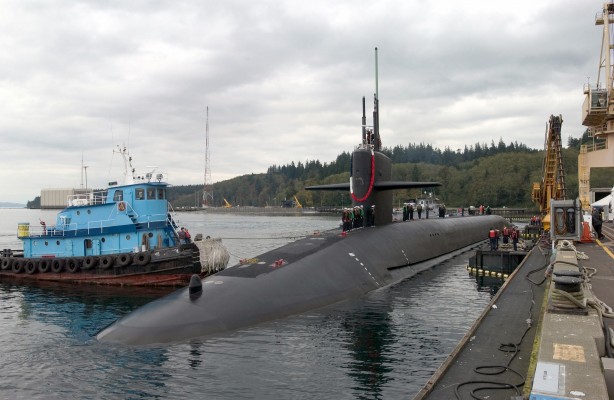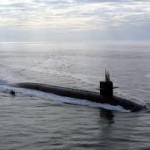
The Future of 21st Century Nuclear Warfare in the DoD
By Joshua Miller
Since the fall of the Berlin wall, the world has entered a radically different era than it once was in the 1950s. In the thick of the Cold War, the United States maintained an arsenal of over 10,000 nuclear warheads in a nuclear triad capability – heavy bombers, submarines, and land-based intercontinental ballistic missiles. The United States and Russia have made considerable progress through their arms reduction talks, despite some rocky moments along the way; the Nonproliferation Treaty in 1968, SALT I & II in the 1970s, START I & II in the 90s, and the Comprehensive Test Ban Treaty and New START Treaty in the 2000s have halted development of and reduced nuclear stockpiles. Despite these reductions, Russia still poses as the main contender against America’s nuclear capability; thus, Russia continues to be the preeminent bellwether on the sizing of the U.S. nuclear arsenal.
President Obama gave a speech in Berlin this past June, which suggested that the United States and Russia diminish their stockpiles further– signifying the need for the U.S. to start thinking about an appropriate balance within its strategic and fiscal needs. The purpose of having a nuclear triad is to significantly reduce the possibility that an enemy could destroy all of a nation’s nuclear forces in a first-strike attack – in essence, survivability. Another issue is their affordability and requirements for deterrence. For example, The United States Navy recently announced that it was planning to build 12 ballistic missile submarines that are so costly that the service is asking for a supplemental funding for $60 billion over the course of 15 years. Many have indicated the Navy can do the same with less SSBNs—as few as 8. The Navy claims that if not given supplemental funding, 32 warships would fall out of its inventory – leaving its size below its overall fleet target; this is not to mention the congressionally mandated automatic cuts in fiscal 2013 that have resulted in civilian furloughs.
Rear Admiral Richard Breckenridge, undersea warfare director in the office of the chief of naval operations, asserted “there are some programs within DOD that are treated differently and not seen as service-specific programs” (referring to the Ohio-class ballistic missile submarine replacement program).
In order to assess this SSBN-X issue appropriately, it is necessary to look at the other two legs of the nuclear triad. Intercontinental ballistic missiles are the oldest and least expensive leg of the triad. A 100-missile reduction of Minuteman III missiles would save upwards of $3 billion dollars without affecting US security. The Air Force has already begun to reduce its B-2 and B-52 bombers under the New START. The Navy should be making similar reductions, and under sequestration it must accordingly find areas where it can cut back. For example, buying eight instead of 12 new Ohio replacements and pushing procurements two years until 2015 – saving $15 billion over a decade.
While we do live in a world that calls for more security, nuclear weapons deployments don’t provide the right kind of security we need in the post-cold war world. President Dwight D. Eisenhower’s farewell address still has prescient words that ring true today when he said “each proposal must be weighed in the light of a broader consideration: The need to maintain balance in and among national programs – balance between the private and the public economy; balance between cost and hoped for advantage; balance between the clearly necessary and the comfortably desirable; balance between our essential requirements as a nation and the duties imposed by the nation upon the individual; balance between actions of the moment and the national welfare of the future.”







[…] The Future of the 21st Century Nuclear Warfare in the DoD […]